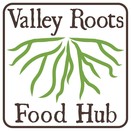|
“...And we pray, not for new earth or heaven, but to be quiet in heart, and in eye clear. What we need is here.” ― Wendell Berry Pictures below from last week's harvest (Megumi Sugihara): New producer this week. Seth Roberts from Weathervane Farm, Buena Vista called this week as they had quite a bit of broccoli going off all at the same time. Now, this broccoli is like nothing I've ever seen before, especially for a high mountain grower. We're psyched to get this very complimentary crop in the freshboxes and we're also gonna make a bunch of cream of broccoli soup and freeze a bunch for winter use. Thanks Seth! http://www.weathervanefarmbv.com/farming-practices/
0 Comments
“It is to be broken. It is to be torn open. It is not to be reached and come to rest in ever. I turn against you, I break from you, I turn to you. We hurt, and are hurt, and have each other for healing. It is healing. It is never whole.” ― Wendell Berry, The Collected Poems, 1957-1982 It is a privilege to know and be close to Megumi Sugihara and McGregor Gaines. Not only do they cook and eat like champions (see above), but they are excellent people: McGregor has more passion and creativity than many artistic districts combined (check out our wood chip gasifer kiln coming soon) and Megumi is committed for the common good where thy pen, camera, and ladle are mightier than any sword!! Thanks for the documenting and great recipes!!
So this week I had the pleasure of getting 100 dozen eggs from David Toews and Stagecoach Organics, LLC in Saguache County. This is the OTHER egg farm we are procuring the Organic eggs for our distribution. Ab Yoder does our GMO-free egg line, and David does our Certified Organic line. 4 pm every day is egg collection time. Who runs the show? Five kids from 12 down to maybe 7 or 8. Is the fact that these farmers have common faith, Yoder's are Amish and the Toews are Mennonite, that keeps their farms functioning and kids in useful service? These kids do not only do an excellent job, but they are eager to work and help each other. As I am half way through loading eggs, another group of cousins come in and say "Can I help?" I am amazed, confounded, and comforted. Makes me reconsider the connotation that Karl Marx offered: "Religion is the opiate of the masses." Maybe its also the place where food, family, and farm still sustainably function. Today's Fresh Box:
http://www.gentlemenoftheroad.com/ http://www.collectivebiodieselconference.org/ “Eating with the fullest pleasure - pleasure, that is, that does not depend on ignorance - is perhaps the profoundest enactment of our connection with the world. In this pleasure we experience our dependence and our gratitude, for we are living in a mystery, from creatures we did not make and powers we cannot comprehend.” ― Wendell Berry Hats off to Megumi Sugihara and McGregor Gaines for taking the CSA boxes to the highest art, and documenting it and sending it to me. What a pleasure to know people are using this food in such ways!
Please visit the CSA page for a viewing of a short film with music covering their wonderful dishes of local food. For the distribution last Friday, here's the list:
“The passive American consumer, sitting down to a meal of pre-prepared food, confronts inert, anonymous substances that have been processed, dyed, breaded, sauced, gravied, ground, pulped, strained, blended, prettified, and sanitized beyond resemblance to any part of any creature that ever lived. The products of nature and agriculture have been made, to all appearances, the products of industry. Both eater and eaten are thus in exile from biological reality.” ― Wendell Berry Photo of last week's harvest from Megumi Sugihara.
This week:
Pliny the Elder claimed radicchio was useful as a blood purifier and an aid for insomniacs in Naturalis Historia. In fact, radicchio contains intybin, a sedative/analgesic, as well as a type of flavonoid called anthocyanin which is used for making dye-sensitized solar cells. Modern cultivation of the plant began in the fifteenth century, in the Veneto and Trentino regions of Italy, but the deep-red radicchio of today was engineered in 1860 by the Belgian agronomist Francesco Van den Borre, who used a technique called imbianchimento (whitening), preforcing, or blanching to create the dark red, white-veined leaves: radicchio plants are taken from the ground and placed in water in darkened sheds, where lack of light and ensuing inhibition of chlorophyll production cause the plants to lose their green pigmentation. More to come on this week's Fresh Box, but more deliveries now to make!! |
Archives
June 2024
Categories |

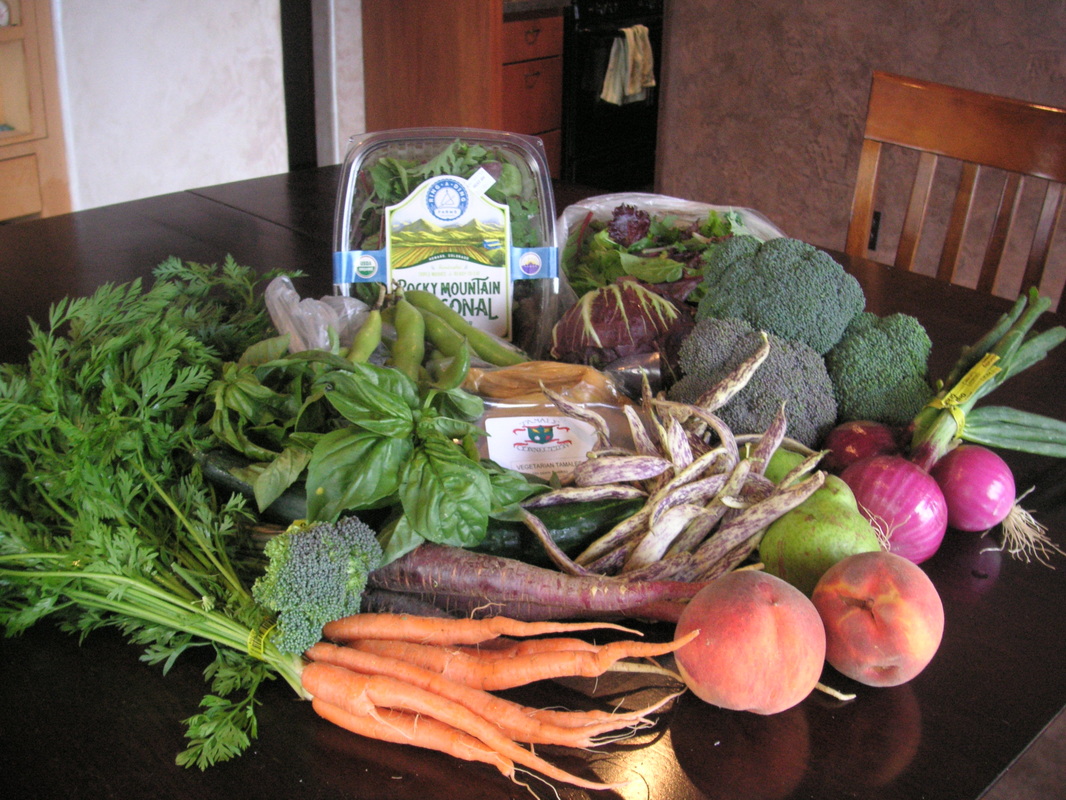
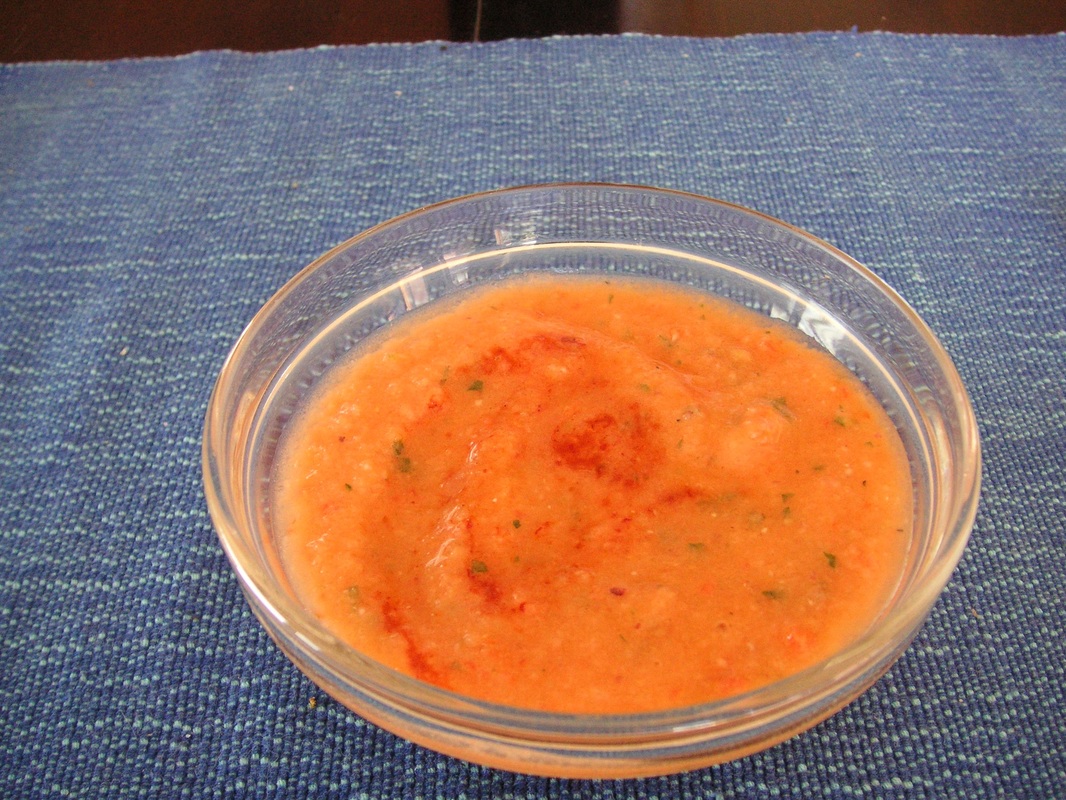
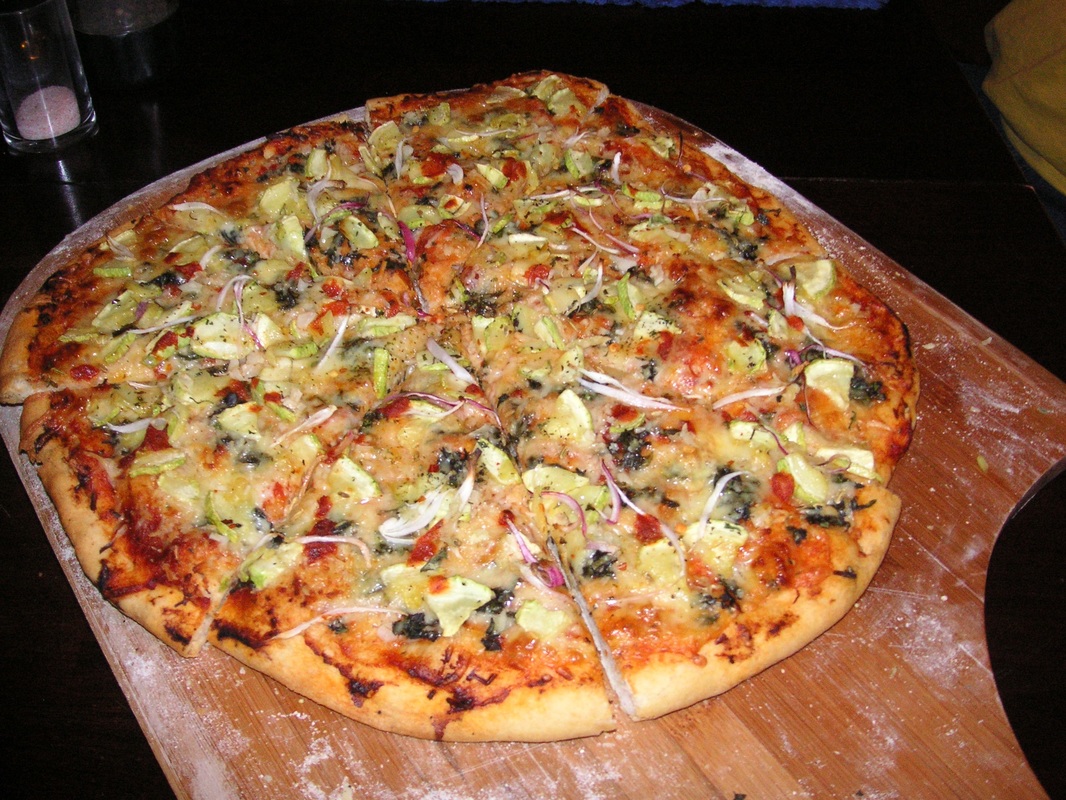

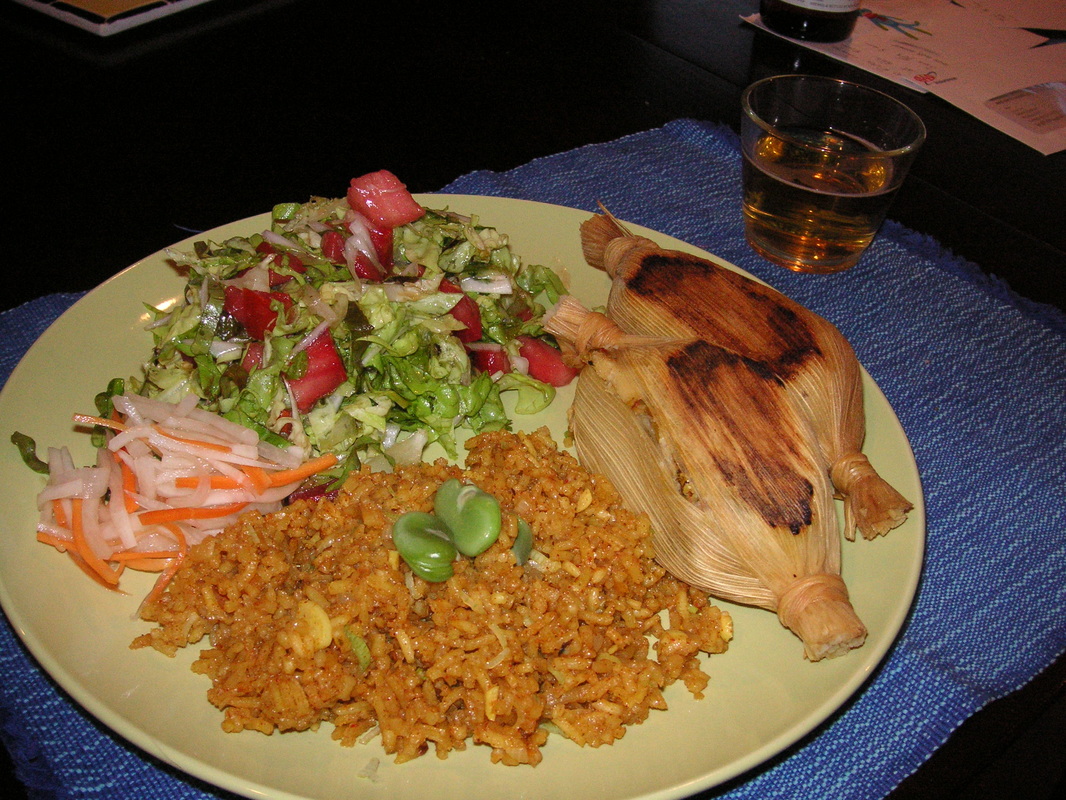
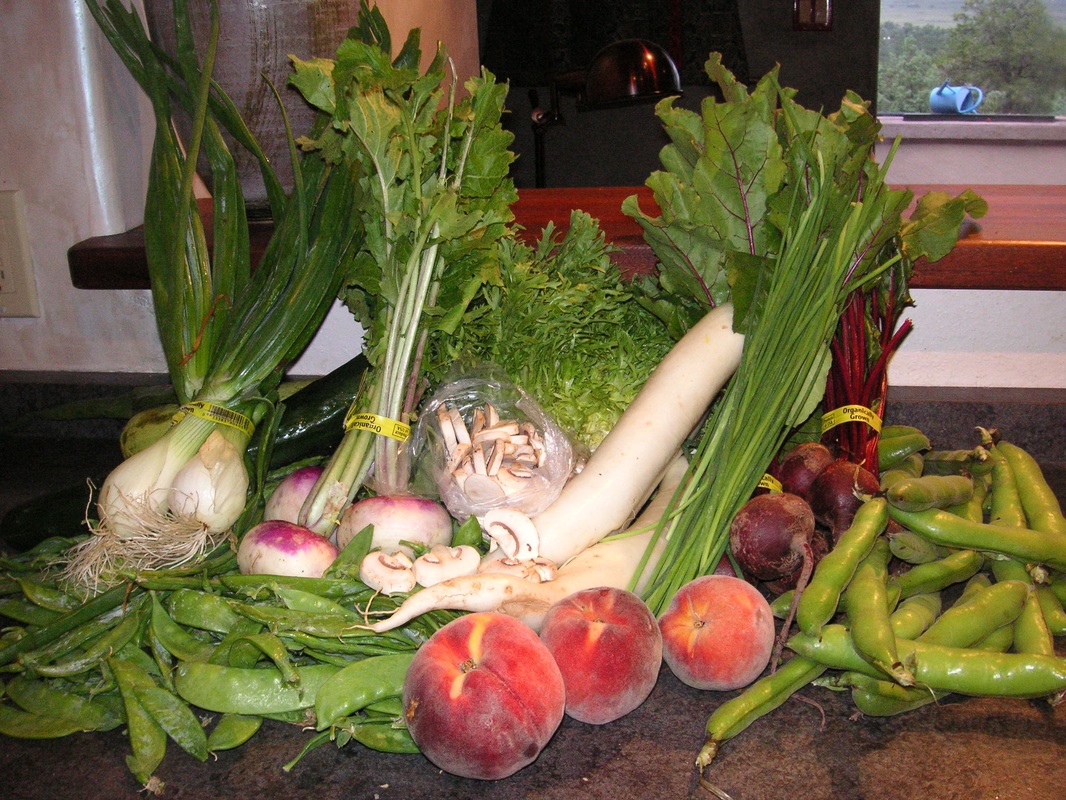
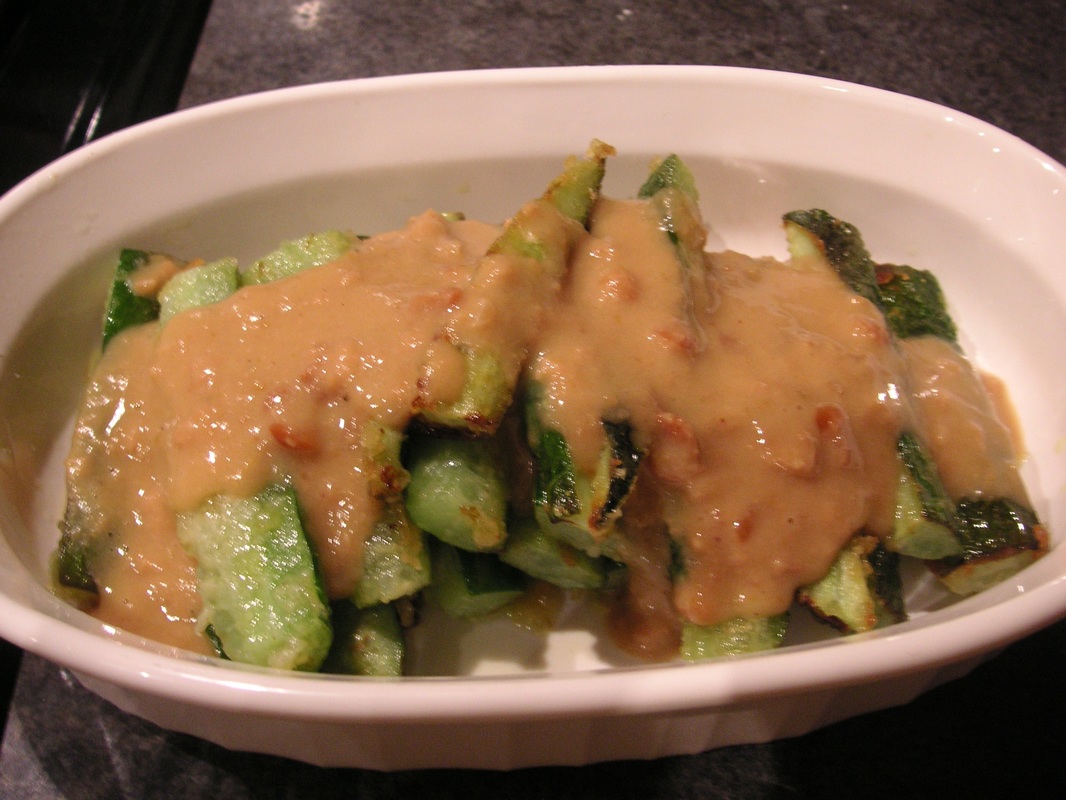


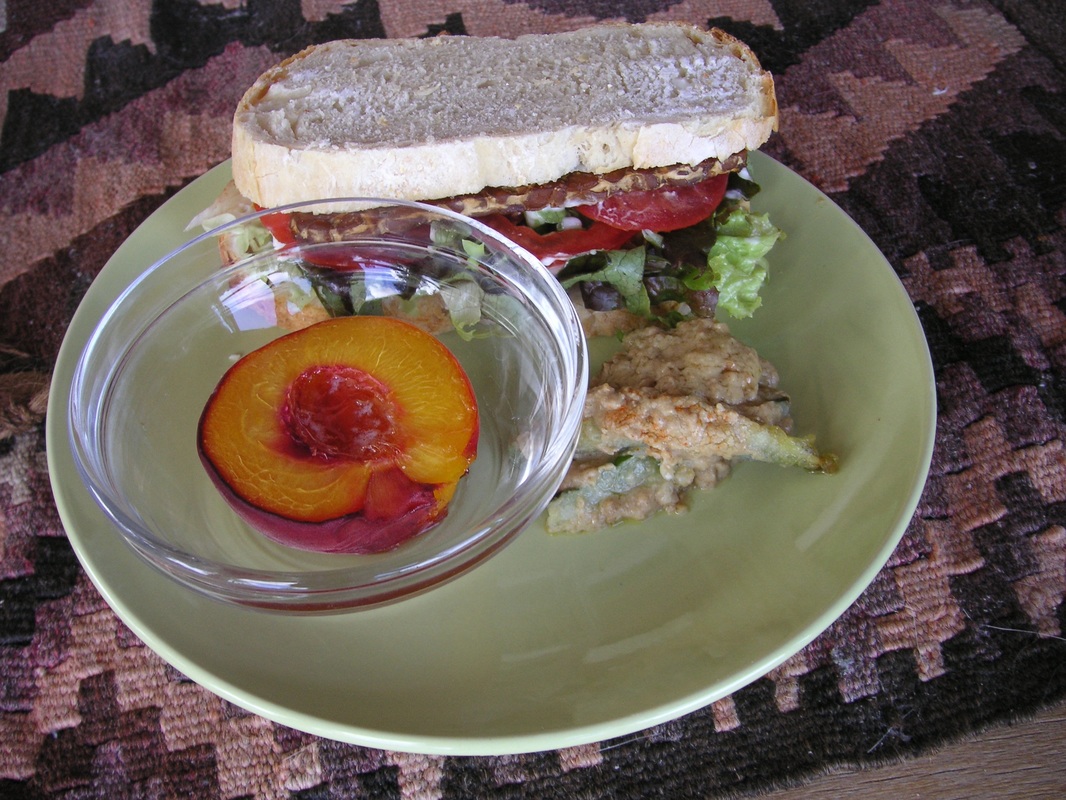

 RSS Feed
RSS Feed

